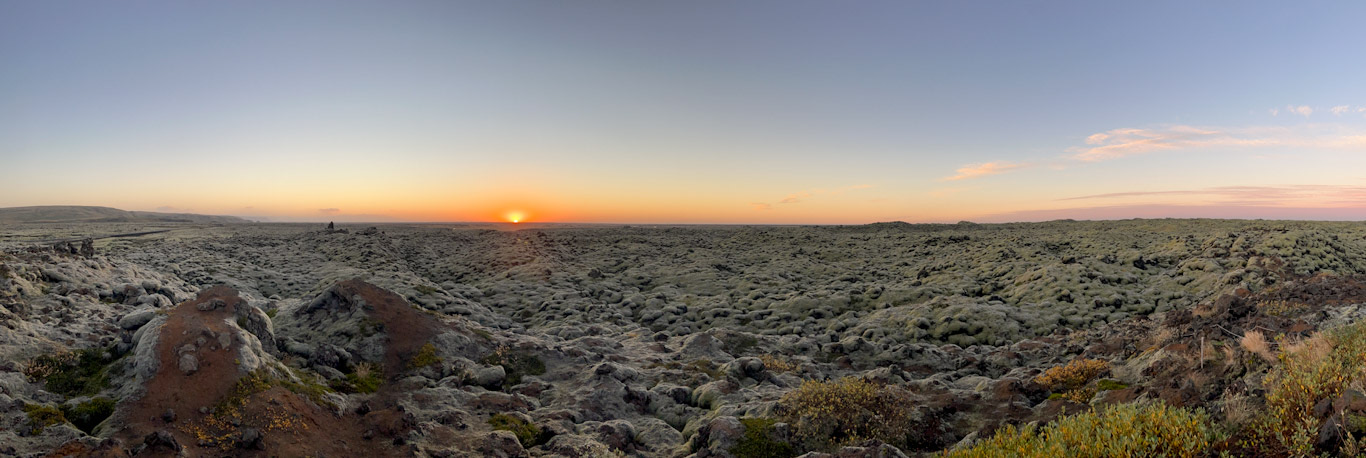

Solid fuel for rockets burns relatively slowly at 1 atm and in solid form, much like a flare, though still faster than I would expect you’d want for a hot pot unless these were a hybrid (so no oxidizer in the pellets, just a solid fuel source like modified PVC, with a separate oxidizer like nitrous oxide). The water was replacing the jet fuel, which - assuming it was similar to Jet A - is basically kerosene. Though I’d be worried what modifiers or stabilizers were used for a green flame if I were cooking over it. I’ve made green flames with boric acid and methanol for Halloween decorations (outdoor, of course), but who knows what is causing it in their fuel.







Not only that, but SP500 pays dividends practically every year, whereas gold costs money to store securely. $15M in SP500 would have netting something around $300k last year in dividends alone.